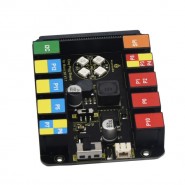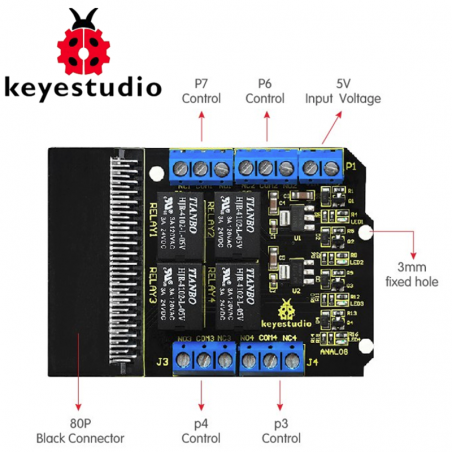
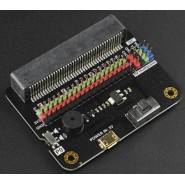
IO Extender - a micro:bit IO...
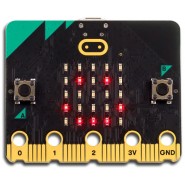
BBC micro:bit v2 - Board
- On sale!
- -€3.00
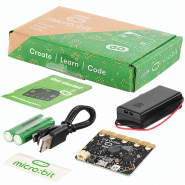
Starter kit BBC Micro:Bit Go v2.2
- On sale!
- -€3.00








Keyestudio relay breakout board for micro:bit has integrated a 4-way 5V relay module, fully compatible with micro:bit development board.
It can work only need to insert micro:bit into keyestudio relay shield, then input DC5V voltage on the relay VIN/GND port, pretty simple and convenient.
The 4-way relay on the breakout board is active HIGH. Its control terminals are respectively connected to P4, P3, P7 and P6 of the micro:bit development board. You only need to control the high or low output level of P4, P3, P7 and P6, thus control the 4 relay on/off.
If you want to know more about this product, please check the Wiki Page Tutorial
If you have any questions on this product please feel free to contact us.
*Disclaimer: The images are merely illustrative.
The BBC micro:bit is a powerful handheld, fully programmable, computer designed by the BBC. It was designed to encourage children to get actively involved in technical activities, like coding and electronics. It features a 5x5 LED Matrix, two integrated push buttons, a compass, Accelerometer, and Bluetooth.
It supports the PXT graphical programming interface developed by Microsoft and can be used under Windows, MacOS, IOS, Android and many other operating systems without additional download of the compiler.
Keyestudio relay breakout board for micro:bit has integrated a 4-way 5V relay module, fully compatible with micro:bit development board.
It can work only need to insert micro:bit into keyestudio relay shield, then input DC5V voltage on the relay VIN/GND port, pretty simple and convenient.
The 4-way relay on the breakout board is active HIGH. Its control terminals are respectively connected to P4, P3, P7 and P6 of the micro:bit development board. You only need to control the high or low output level of P4, P3, P7 and P6, thus control the 4 relay on/off.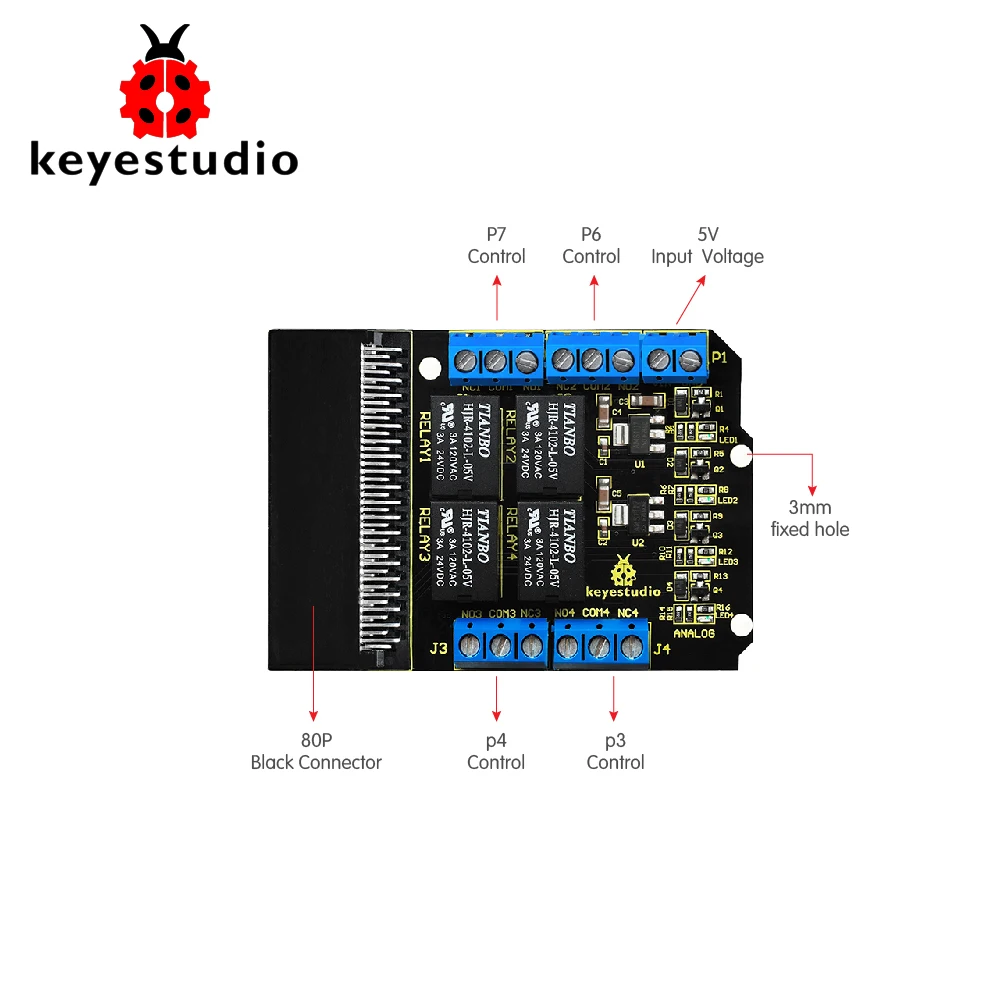
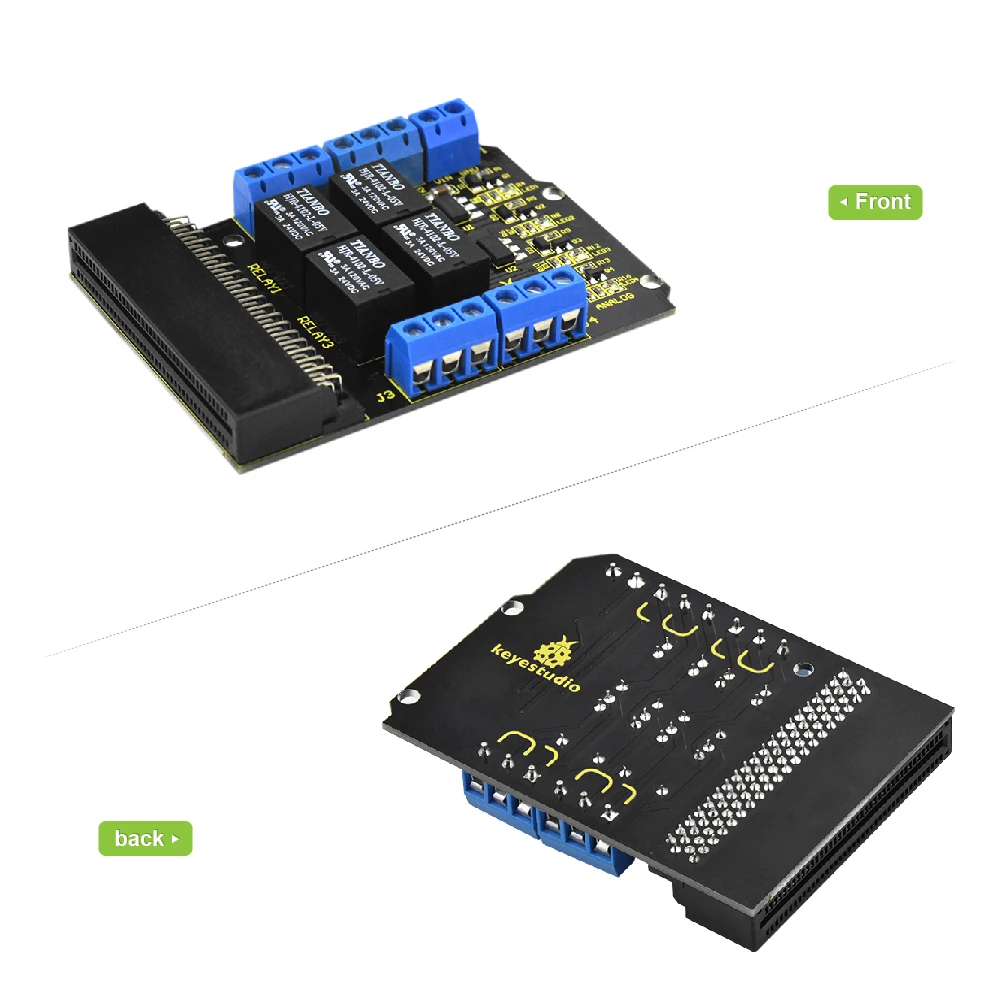



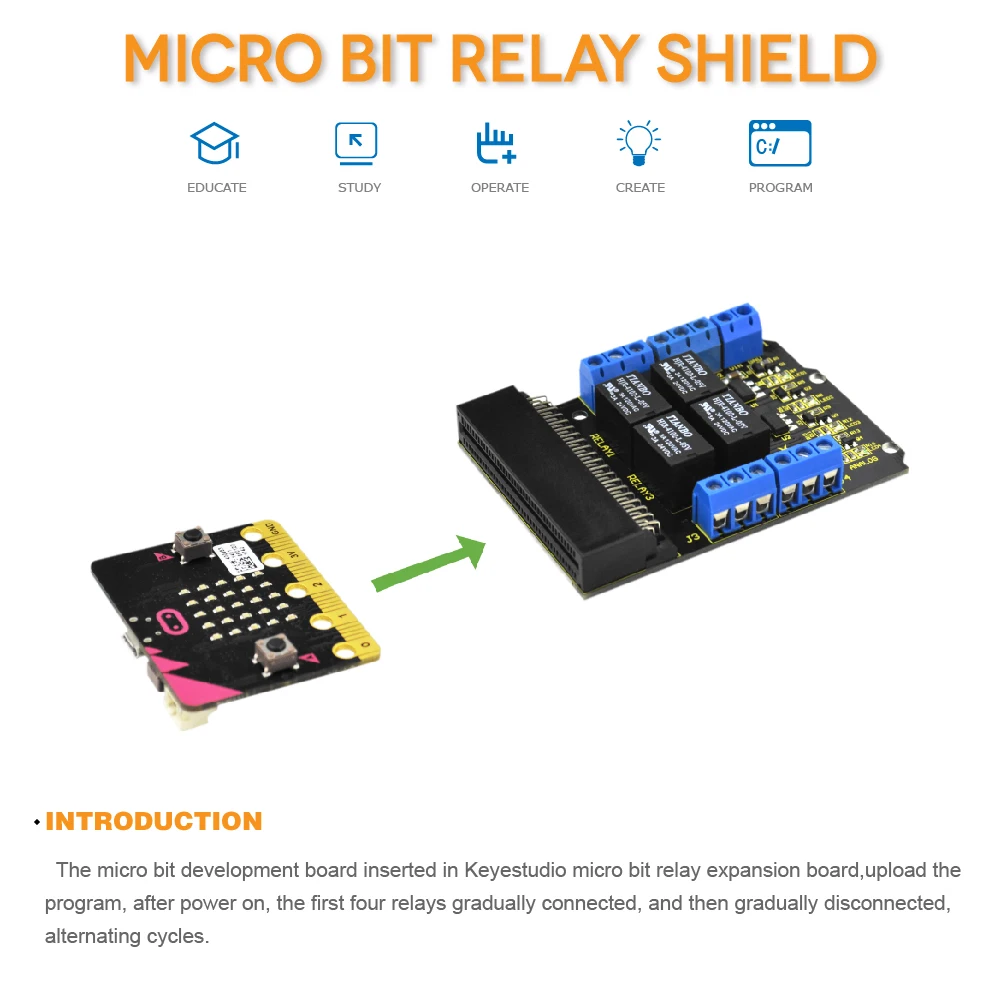

You might also like



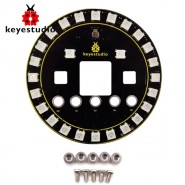

Keyestudio relay breakout board for micro:bit has integrated a 4-way 5V relay module, fully compatible with micro:bit development board.
It can work only need to insert micro:bit into keyestudio relay shield, then input DC5V voltage on the relay VIN/GND port, pretty simple and convenient.
The 4-way relay on the breakout board is active HIGH. Its control terminals are respectively connected to P4, P3, P7 and P6 of the micro:bit development board. You only need to control the high or low output level of P4, P3, P7 and P6, thus control the 4 relay on/off.
If you want to know more about this product, please check the Wiki Page Tutorial

